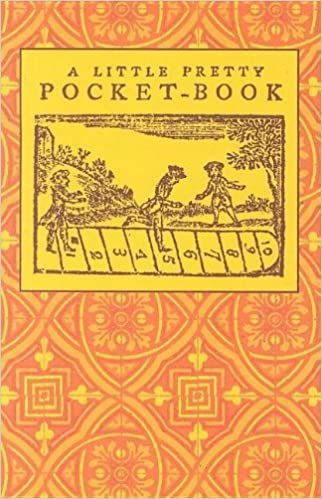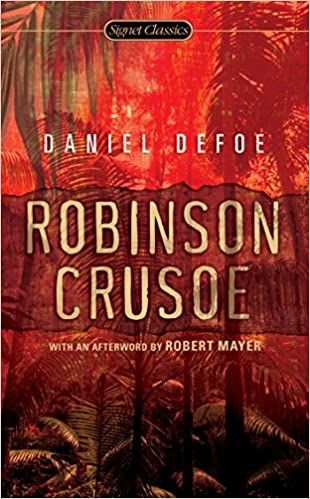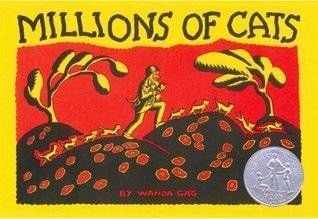The invention of the printing press in 1440 meant that books could be mass-produced. Unfortunately, printed books were very expensive for a long time. Consequently, nobody thought to waste money on books for grubby little hands to destroy. However, because printing technology continued to improve, publishing costs gradually decreased. By the 17th century, children’s books became more common. When the 18th century ended, children’s books had become a thriving genre of the publishing industry. Of course, the first books for children would not excite us today. Between puritanical religious texts and dull instructional primers, early children’s books little resemble today’s whimsical reads. For example, 1670’s A Token for Children allegedly contains testimonies from dying children. Naturally, the children were lamenting their sinful ways and looking forward to a heavenly reward. Yeah…not fun. Thankfully, the 18th century saw the rise of more entertaining books for children. These books featured riddles, rhymes, and lively illustrations. By the 1740s, there were books of still-familiar nursery rhymes. Finally, children’s books began to focus on actually entertaining children. So, what are the oldest children’s books in print and why have they endured? Let’s explore!
The Oldest Children’s Books in Print
The Orbis Pictus was the first picture book specifically for children. Originally published in 1658, the 1728 reprint is the basis for the version available to readers today. Of course, Orbis Pictus and A Token for Children aren’t still read by kids today, but some of the earliest children’s books remain well-known. Obviously, due to the age of these books, they were primarily written by and for white men and boys. In 1913, former NAACP President Mary White Ovington published Hazel, a novel about a middle-class Black child. Since Ovington was a white woman, this book is historically significant for its positive portrayal of Black people. Fortunately, a book both by and featuring Black people published in 1928: Popo and Fifina: Children of Haiti was coauthored by Langston Hughes. Neither book is still in print. The oldest children’s book by a Black author still in print might be Virginia Hamilton’s 1974 work of realistic fiction, M.C. Higgins, the Great. (Admittedly, it’s pretty complicated searching for the oldest children’s books still in print. And even tougher when looking for authors from particular demographics.) There you have it. Cats and harrowing adventures are what children want. If you’re interested in classic children’s books that have endured, many are public domain and free. It’s also worth checking out the best children’s books that are no longer in print.


